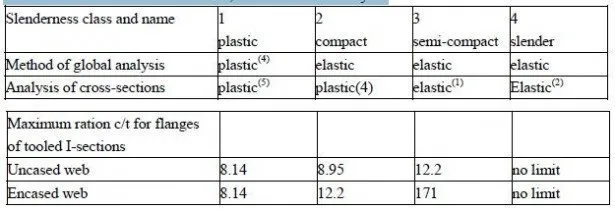Composite beams in buildings are usually supported by connections to steel or composite columns.
The cleapest connections have little flexural strength, so it is convenient design the beams as simply-supported. Such beams have the following advantages over beams designed as continuous at supports:
Very little of the steel web is in compression, and the steel top flange is restrained by the slab, so the resistance of the beam is not limited by buckling of steel;
Webs are less highly stressed, so it is easier to provide holes in them for the passage of services;
Bending moments and vertical shear forces are statically determinate, and are not influenced by cracking, creep, or shrinkage of concrete;
There is no interaction between be behaviour of adjacent spans;
Bending moments in columns are lower, provided that the frame is braced against sidesway;
No concrete at the top of the slab is in tension, except over supports;
Global analyses are simpler, and design is quicker.
The behaviour and design of midspan regions of continuous beams are similar to those of
simply-supported beams, considered in this chapter. The other aspects of continuous beams are
treated in Chapter 4.
———-3.5.1 Effective cross-section
———-3.5.2 Classification of steel elements in compression
———-3.5.3 Resistance to sagging bending
———-3.5.4 resistance to vertical shear


